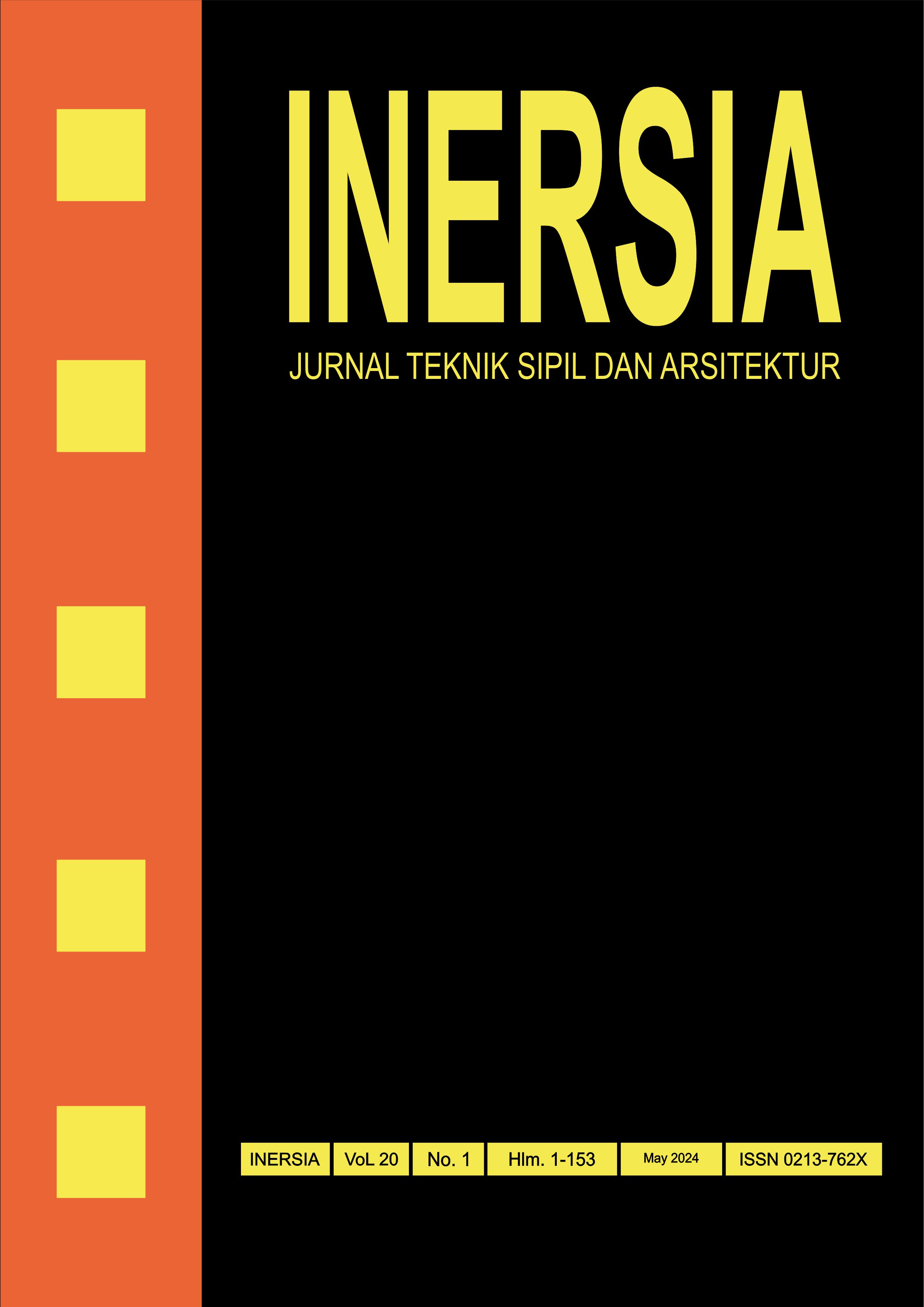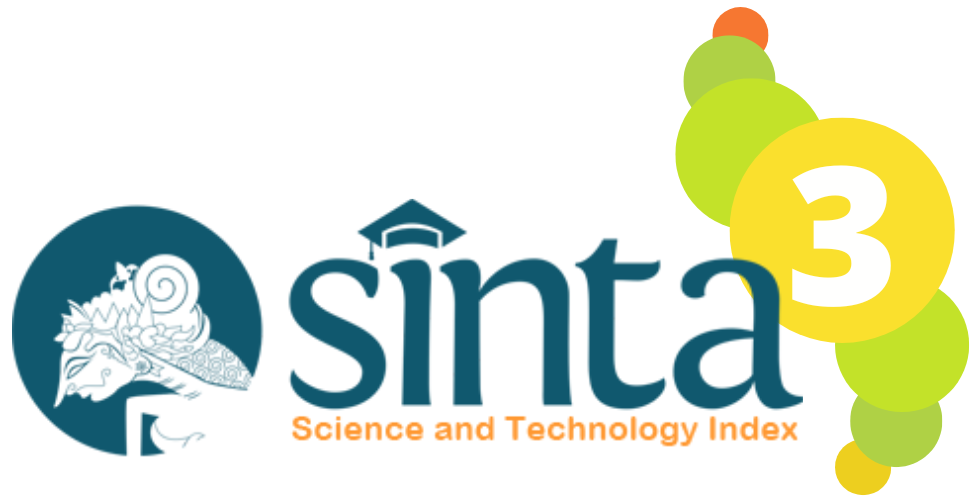Investment Feasibility and Strategic Development Scenarios of Yogyakarta-Bawen Toll Road
DOI:
https://doi.org/10.21831/inersia.v20i1.64152Keywords:
Investment Feasibility, PTV Visum, TollroadAbstract
This study examines the feasibility of the investment in the Yogyakarta-Bawen toll road project by analyzing traffic conditions, expenditure costs, toll revenues, and investment value. Simulation using PTV Visum shows a significant increase in the volume-to-capacity ratio (VCR) on the national road sections around the toll road until 2061. The modeling result also indicates that the operation of the toll road reduces traffic loads on several surrounding national road sections with a decrease in VCR. The analysis results reveal a negative net present value (NPV) amounting to -Rp.506,560,648,100, and an internal rate of return (IRR) of 11.49% is under the discount rate (12.03%). In the tariff adjustment scenario, the project shows an IRR of 12.48% with an NPV of Rp 575,501 million, and the payback period (PBP) is achieved after 16 years. In the concession adjustment scenario, the IRR is 12.12% with an NPV of Rp 123,461 million, and the PBP is achieved after 17 years. Meanwhile, the tariff and concession adjustment scenario show an IRR of 12.48% with an NPV of Rp 652,033 million, and the PBP is achieved after 16 years. Based on the investment feasibility evaluation, the recommended best strategy is tariff adjustment. This strategy allows for an optimal increase in toll revenue and investment returns. It is expected that the Yogyakarta-Bawen toll road project can achieve better investment feasibility and provide long-term benefits to investors, road users, and the overall community.
References
President of Indonesia, Percepatan Pelaksanaan Proyek Strategis Nasional. Indonesia, 2020. [Online]. Available: https://peraturan.bpk.go.id/Home/Details/152706/perpres-no-109-tahun-2020
W. Salim and S. D. Negara, "Infrastructure Development under the Jokowi Administration: Progress, Challenges and Policies," J. Southeast Asian Econ., vol. 35, no. 3, pp. 386–401, Dec. 2018, doi: 10.1355/ae35-3e.
M. O. Karpushko, I. L. Bartolomei, E. N. Karpushko, A. V Zhidelev, and V. I. Bryzgalov, "Analysis of Efficiency of Toll Road Network Development," IOP Conf. Ser. Mater. Sci. Eng., vol. 1079, no. 3, p. 032096, 2021, doi: 10.1088/1757-899x/1079/3/032096.
Biro Komunikasi Publik Kementerian PUPR, "Percepat Pembangunan Tol Yogyakarta - Bawen, Menteri Basuki Targetkan Pengadaan Lahan Rampung Akhir 2023." Accessed: Apr. 20, 2023. [Online]. Available: https://pu.go.id/berita/percepat-pembangunan-tol-yogyakarta-bawen-menteri-basuki-targetkan-pengadaan-lahan-rampung-akhir-2023
F. Wu, "Land financialisation and the financing of urban development in China," Land use policy, vol. 112, no. 104412, 2022, doi: 10.1016/j.landusepol.2019.104412.
F. Villalba-Romero, C. Liyanage, and A. Roumboutsos, "Sustainable PPPs: A comparative approach for road infrastructure," Case Stud. Transp. Policy, vol. 3, no. 2, pp. 243–250, 2015, doi: 10.1016/j.cstp.2015.04.005.
J. Tanaphat, S. Hisham, K. Amr, and U. Satish, "Financial Evaluation for Toll Road Projects Considering Traffic Volume and Serviceability Interactions," J. Infrastruct. Syst., vol. 20, no. 3, p. 04014012, Sep. 2014, doi: 10.1061/(ASCE)IS.1943-555X.0000175.
J. Odeck and M. Welde, "The accuracy of toll road traffic forecasts: An econometric evaluation," Transp. Res. Part A Policy Pract., vol. 101, pp. 73–85, 2017, doi: 10.1016/j.tra.2017.05.001.
H. G. CriÈ™an and N. Filip, "Traffic Modeling Aspects Using Visum Software and Effects on the Traffic Optimization," in Proceedings of the European Automotive Congress EAEC-ESFA 2015, Andreescu Cristian and A. and Clenci, Eds., Cham: Springer International Publishing, 2016, pp. 495–506. doi: 10.1007/978-3-319-27276-4_46.
R. Duraku and V. Atanasova, "Traffic Synthetic Model Development and Calibration in Anamorava Region," Int. Sci. J. Mach. Technol. Mater., vol. 13, no. 4, pp. 173–177, 2019, Accessed: Mar. 21, 2023. [Online]. Available: https://stumejournals.com/journals/mtm/2019/4/173
A. V Kamenev, F. F. Pashchenko, and Y. I. Kudinov, "Predicting traffic flow changes by fuzzy logic," in 24th Chinese Control and Decision Conference (CCDC), IEEE, 2012, pp. 1570–1572. doi: 10.1109/CCDC.2012.6244255.
P. M. Wicaksana, E. Buchari, and M. Agustien, "The Impact of Trans Sumatera Toll Road Development on The National Road in Palembang City," Cantilever J. Penelit. dan Kaji. Bid. Tek. Sipil, vol. 11, no. 1, pp. 65–72, Sep. 2022, doi: 10.35139/cantilever.v11i1.137.
R. Duraku, V. Atanasova, and N. Krstanoski, "Building and calibration transport demand model in anamorava region," Teh. Vjesn., vol. 26, no. 6, pp. 1784–1793, Nov. 2019, doi: 10.17559/TV-20171019161950.
Australian Energy Regulator, "Review of incentive schemes: Options for the Capital Expenditure Sharing Scheme," Australia, 2022. [Online]. Available: https://www.aer.gov.au/documents/aer-position-paper-review-incentive-schemes-options-capital-expenditure-sharing-scheme
R. Wahyudi, "Analisis Kelayakan Investasi Jalan Tol Akibat Resiko Keterlambatan Proyek dan Kesalahan Prediksi Lalu Lintas," J. Proy. Tek. Sipil, vol. 2, no. 2, pp. 14–23, 2019, doi: 10.14710/potensi.2019.5316.
PTV AG, "PTV Vissim 10 User Manual," Germany, 2018.
R. Duraku and R. Ramadani, "Development of Traffic Volume Forecasting Using Multiple Regression Analysis and Artificial Neural Network," Civ. Eng. J., vol. 5, no. 8, pp. 1698–1713, Aug. 2019, doi: 10.28991/cej-2019-03091364.
Downloads
Published
How to Cite
Issue
Section
License
Authors who publish with INERSIA journal agree to the following terms:
- Authors retain copyright and grant the INERSIA journal right of first publication with the work simultaneously licensed under Creative Commons Attribution License (CC BY 4.0) that allows others to share the work with an acknowledgment of the work's authorship and initial publication in this journal.
- Authors can enter into separate, additional contractual arrangements for the non-exclusive distribution of the published version of the work (e.g., post it to an institutional repository or edit it in a book), with an acknowledgment of its initial publication in this journal.
- Authors are permitted and encouraged to post their work online (e.g., in institutional repositories or on their website) before and during the submission process, as it can lead to productive exchanges, as well as earlier and greater citation of published work.

INERSIA by https://journal.uny.ac.id/index.php/inersia was distributed under a Creative Commons Attribution 4.0 International License











